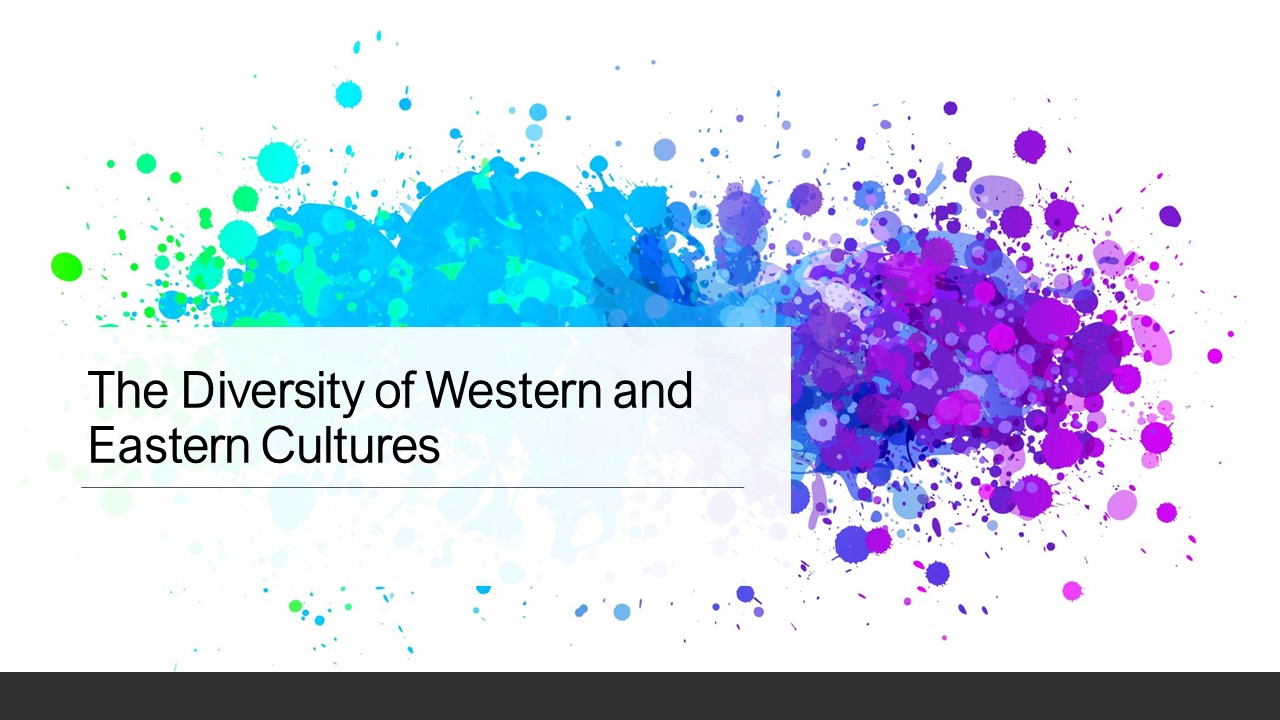For a long time, the cultural distinction between Western and Eastern cultures has been the subject of public debate and academic study.
Western cultures have usually been thought of as those of the United Kingdom, France, Germany, the Netherlands, the United States of America, and other partner countries. The origins of Western culture are regarded as being in ancient Greek and Roman cultures.
Eastern cultures have been deemed those of Japan, China, and India, which have long been thought of as Eastern cultures. Eastern cultures are believed to have their origins in ancient Confucian and Buddhist traditions.
Such a West versus East comparison of the world’s major cultures had historical foundations. And this distinction seems reasonable. Therefore, most previous cultural studies sought to understand how the “East” is different from the “West.”
Many researchers wanted to learn about the mysterious and unknown “East” and compare the unknown East with the known West. These cross-cultural comparisons have revealed several cultural differences between Western and Eastern societies, demonstrating that such global, geographically regional cultures exist.
There are 5 differences between Western and Eastern cultures that I presented in another article.
How Diverse Are Western and Eastern Cultures?
Many studies, however, reveal that such a simple division of the world’s societies into the West and the East is too simplistic and does not capture the real diversity of Western as well as Eastern cultures. After initial fascination, researchers realized that Western and Eastern cultures are somewhat diverse in terms of, for example, emotional experience and expression (Karandashev, 2021).
In the 20th century, cross-cultural researchers of emotions conducted their studies by usually comparing one Western country with one Eastern country. The USA was taken as a representative of Western cultures and compared with China or Japan as a representative of Eastern cultures.
The United States and Western Europe have long been seen as typical “Western individualist” cultures. Can the USA be viewed as representative of all so-called Western cultures? Can Japan or China be considered representatives of other so-called Eastern countries? Scholars realized that such a Western-Eastern contrast was too global and overgeneralizing. It looks like this broad generalization may not be enough to show how different the cultures are in each of these global regions.
How Diverse Are Western Cultures?
There are many differences between North American and West European cultures. For example, many West European countries, such as France, Germany, Denmark, and the Netherlands, substantially differ from the United States and Canada. The USA and Canada are also different, although all are commonly considered Western societies.
There are diverse cultural distinctions between different West European countries. What about southern, presumably western-European countries? Spain and Portugal, for example, are among those that can be categorized in different ways. The cultures of Spain, Portugal, Italy, and Greece are even more different from those of the USA and traditional western European countries. For example, many findings indicated differences in cultural values in the “West” (Schwartz, 2014).
How Diverse Are Eastern Cultures?
Eastern societies are even more diverse in terms of global cultural regions. For instance, there are many differences between East-Asian and South-Asian cultures. The East Asian countries are very distinct from the South Asian and Central Asian ones. The cultures of Japan and China are quite different from those of India, Pakistan, Iran, and Turkey. Thus, the East is a very diverse set of various cultural traditions.
The Diversity of Individualism and Collectivism in the West and East
Empirical cross-cultural studies of the West and East revealed that individualism and collectivism explain many of the cultural differences between these global cultures. The United States, the Netherlands, and, on rare occasions, other European countries (as Western cultural representatives) were frequently compared to China and Japan (as Eastern cultural representatives). Researchers found that the cultural differences between these two world cultures are often about individualism and collectivism.
Many other studies, however, have demonstrated that both individualism and collectivism are multifaceted and complex cultural characteristics that can be quite different in various societies. For instance, Schwartz (2014) suggested that multiple findings showed that the general characteristic of Western cultures as individualistic does not adequately reflect the diversity of individualism.
What about the individualism and collectivism of southern European countries? For instance, are Spain and Portugal individualistic or collectivistic cultures? Studies have shown that they can be categorized in both ways (Karandashev, 2021).
A Variety of Western Cultural Orientations
Several cultural orientations considerably vary within the West. For example, Schwartz and Ros (1995) found significant differences between the samples in the US and those in Western Europe in six cultural value orientations. Mastery, embeddedness, and hierarchy were valued more highly in the United States, while intellectual autonomy, egalitarianism, and harmony were valued more highly in Western European countries.
What about southern European countries such as Italy, Greece, Spain, and Portugal? To which cultural group do the Czech Republic, Poland, Hungary, and Lithuania belong?
Researchers began to delve into a variety of cultural characteristics that describe and explain, for example, people’s emotional experiences and expressions in various societies (Karandashev, 2021).
They started to realize that the cultural configurations of European societies should be based on several cultural dimensions, not just individualism. Exploration of cultural diversity in both Western and Eastern societies is on the way (Karandashev, 2021).
